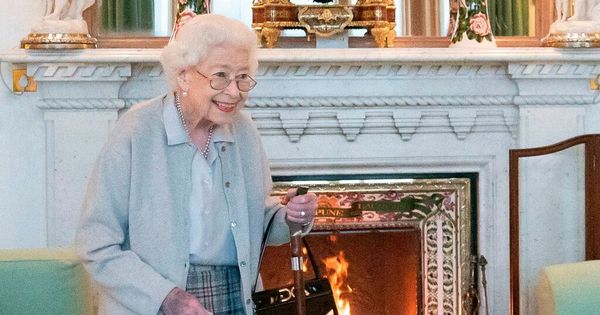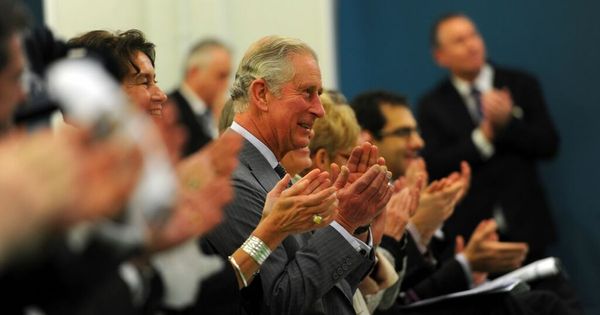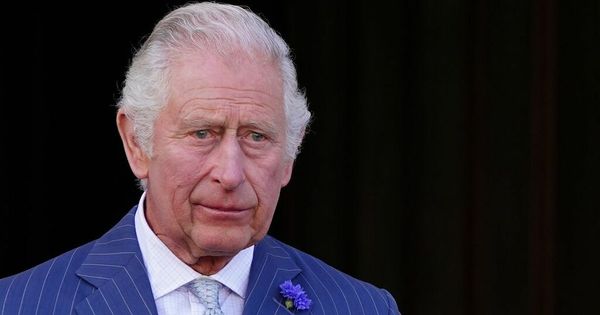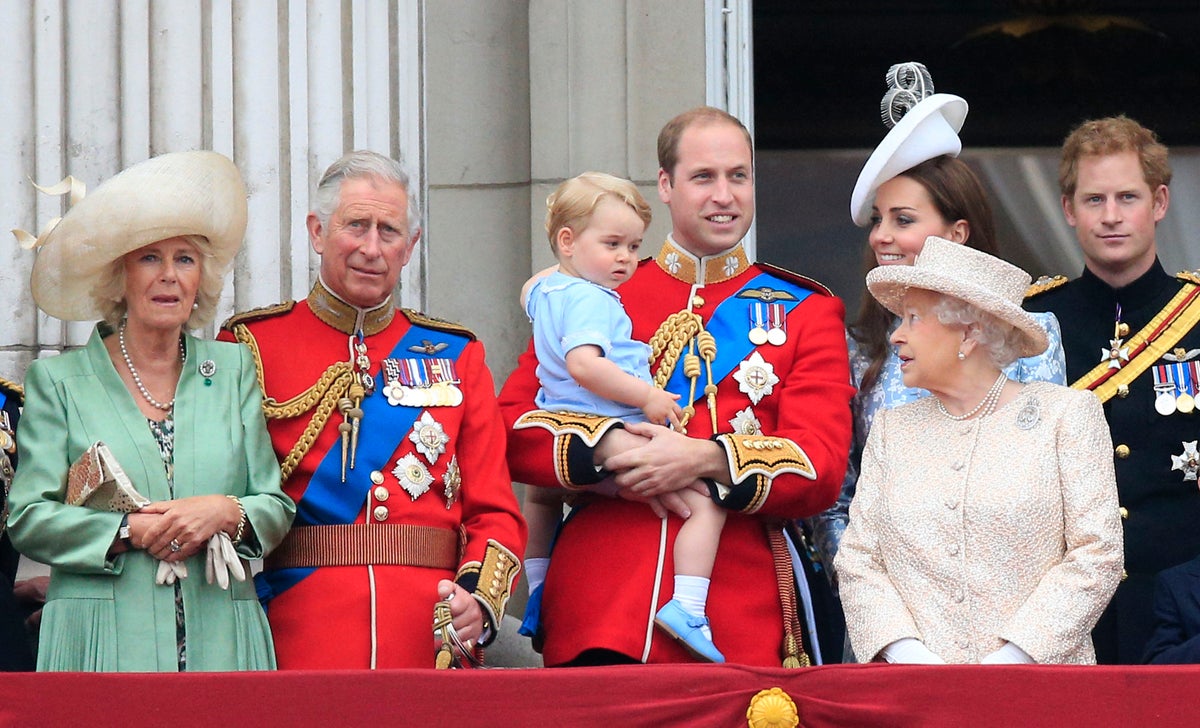
The Queen has died. Queen Elizabeth II passed away on Thursday 8 September, aged 96, following 70 years on the throne.
Her eldest child and heir to the throne, Prince Charles, has now become King Charles III with his wife, Camilla, taking on the role of Queen Consort.
While the Queen’s death means a shuffle in the line of succession – Charles’ oldest son, Prince William, is now heir to the throne and William’s son, Prince George, is third in line – what does the monarch’s death mean for royal family titles?
Prince Charles is now King Charles

As Prince Charles was the Queen’s eldest child and heir to the throne, he assumed the monarch position following her passing. While he’s yet to choose his regnal name, it can be assumed he will be known as King Charles III unless he states otherwise. As his full name is Charles Philip Arthur George, he might choose to become King George VII, King Philip or even King Arthur.
At 73, this makes Charles the oldest King to assume the throne. This record was previously held by William IV, who succeeded the throne in 1830 when he was 64.
Charles also holds the title of the oldest and longest-serving heir apparent to the British throne in history.
Camilla, Duchess of Cornwall is now Queen Consort

Earlier this year, the Queen said it was her wish that Camilla Parker Bowles would be known as Queen Consort when Charles became King.
In a statement released on 6 February, the day the Queen marked 70 years on the throne, Her Majesty said: “And when, in the fullness of time, my son Charles becomes King, I know you will give him and his wife Camilla the same support that you have given me; and it is my sincere wish that, when that time comes, Camilla will be known as Queen Consort as she continues her own loyal service.”
This marked a change as Camilla was initally meant to be known as Princess Consort.
Before his wedding to Camilla in 2005, Charles released a statement which revealed the title she would take after their wedding, as well as the one she will now use as Charles takes the throne.
“Mrs Parker Bowles will use the title HRH The Duchess of Cornwall after marriage,” the statement read. “It is intended that Mrs Parker Bowles should use the title HRH The Princess Consort when The Prince of Wales accedes to The Throne.”
Traditionally, the wife of a reigning king is given the title of Queen Consort and is crowned and anointed at the coronation ceremony.
“Unless decided otherwise, a Queen Consort is crowned with the King, in a similar but simpler ceremony. If the new Sovereign is a Queen, her consort is not crowned or anointed at the coronation ceremony,” the royal website reads.
Prince William is now the Duke of Cornwall and Cambridge

At age 10, Charles was given the title of Prince of Wales and later had an investiture at Caernarvon Castle in 1969.
While we could assume Prince William takes on this title now that his father is King, it’s not automatically passed down. Instead, Charles will choose whether or not to make William Prince of Wales.
Prince William was awarded the title of Duke of Cambridge following his wedding to Kate Middleton in 2011, but he will now hold the title of Duke of Cornwall and Cambridge, to take on the title held by his father.
This means William will also likely inherit the Duchy of Cornwall – an estate equating to 150,000 acres and an income estimated to be £20 million per year.
Kate Middleton is now the Duchess of Cornwall and Cambridge
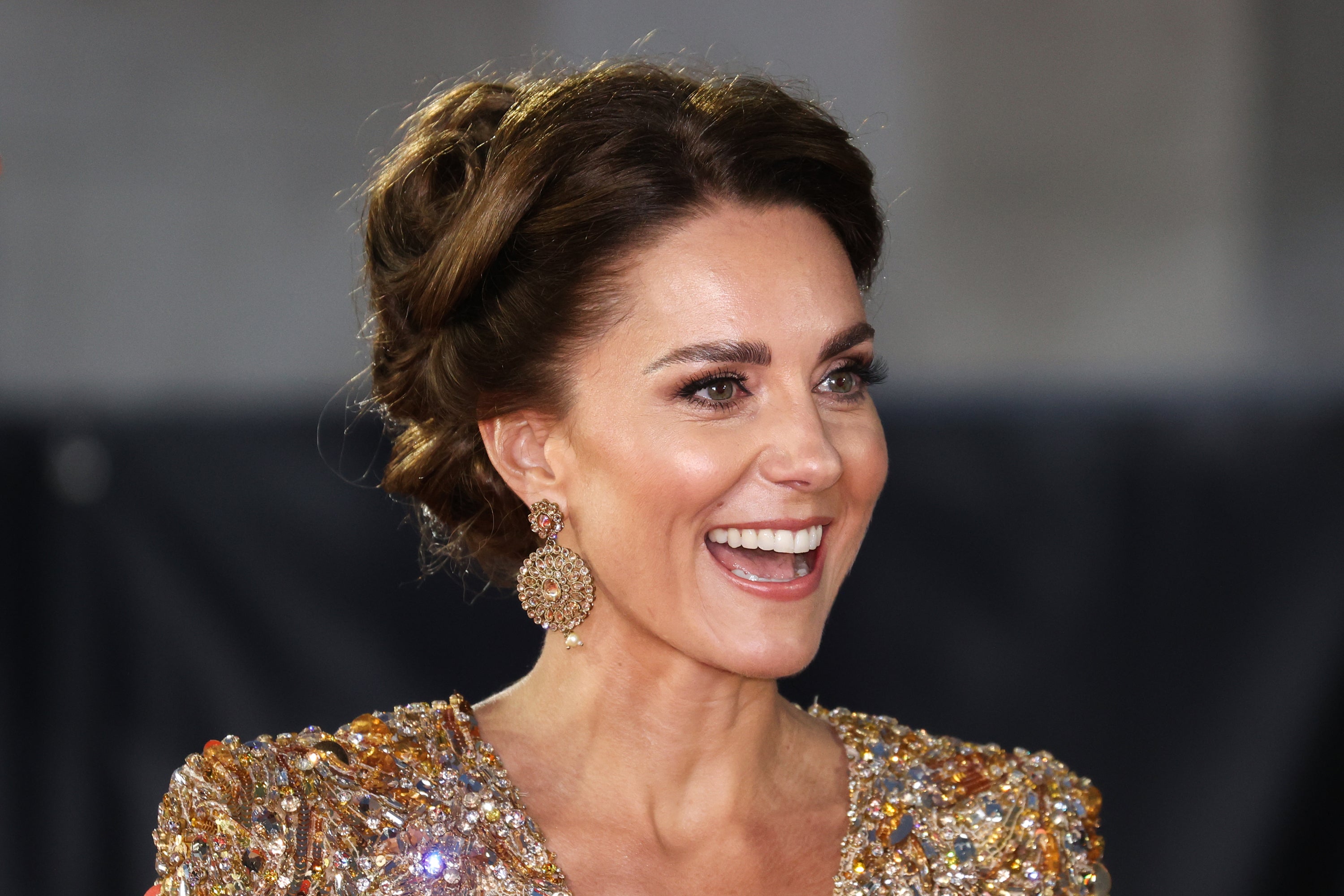
Kate Middleton was given the title of Duchess of Cambridge after she married Prince William in 2011 and, because her husband will now be heir apparent, her title will also change.
Instead of being the Duchess of Cambridge, she will be known as the Duchess of Cornwall and Cambridge – inheriting the title formerly held by Camilla.
If William is granted the title of Prince of Wales by King Charles, Kate will automatically hold the title of the Princess of Wales.






